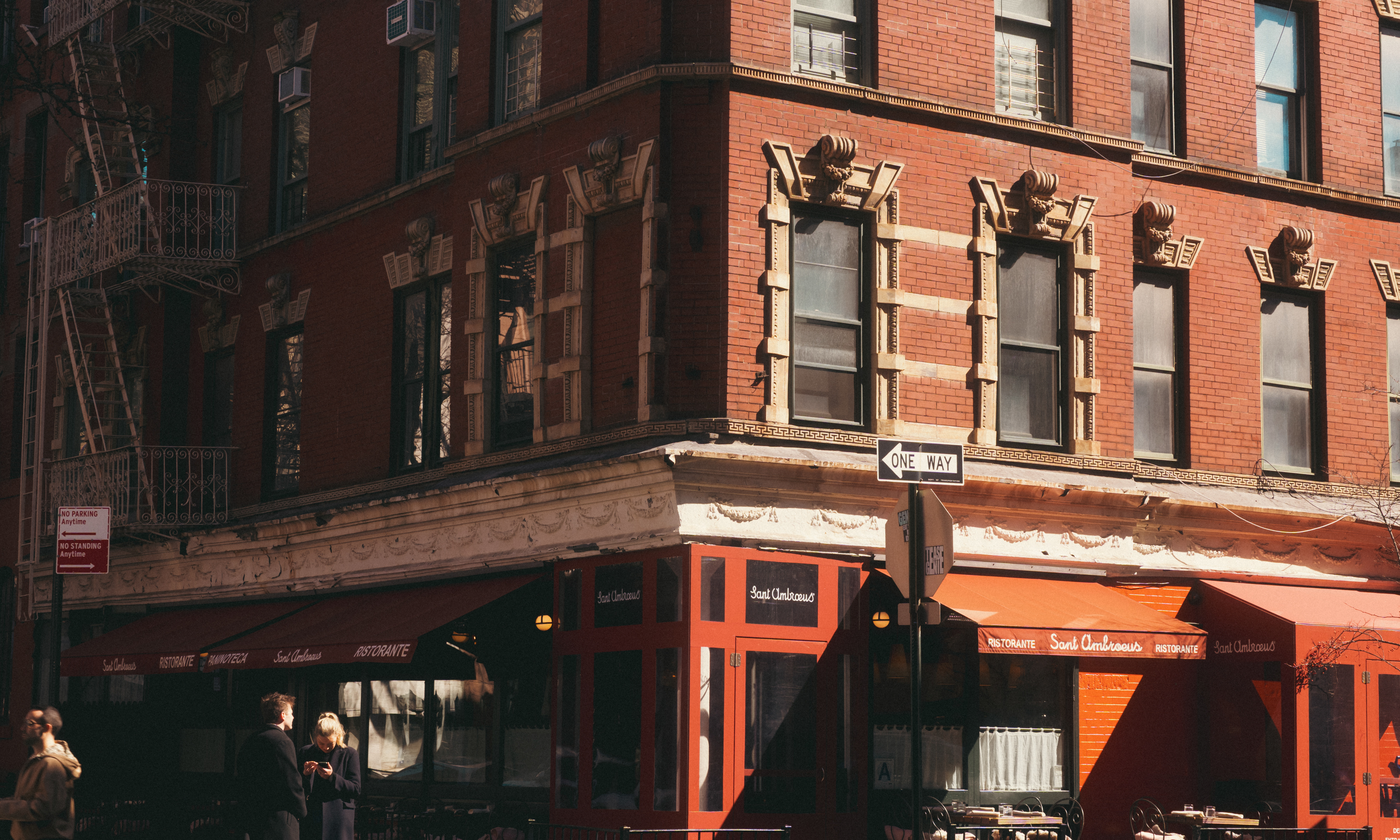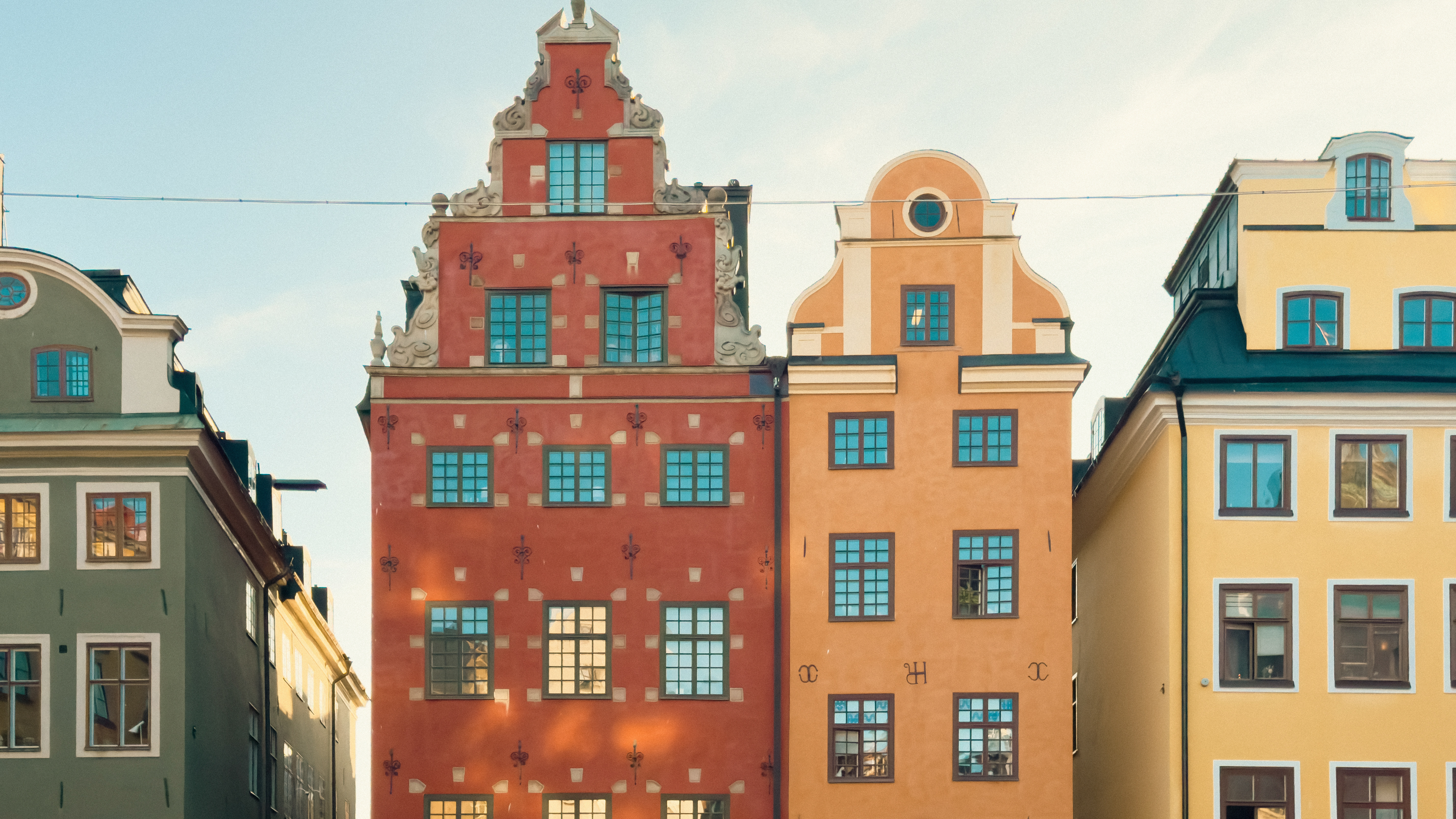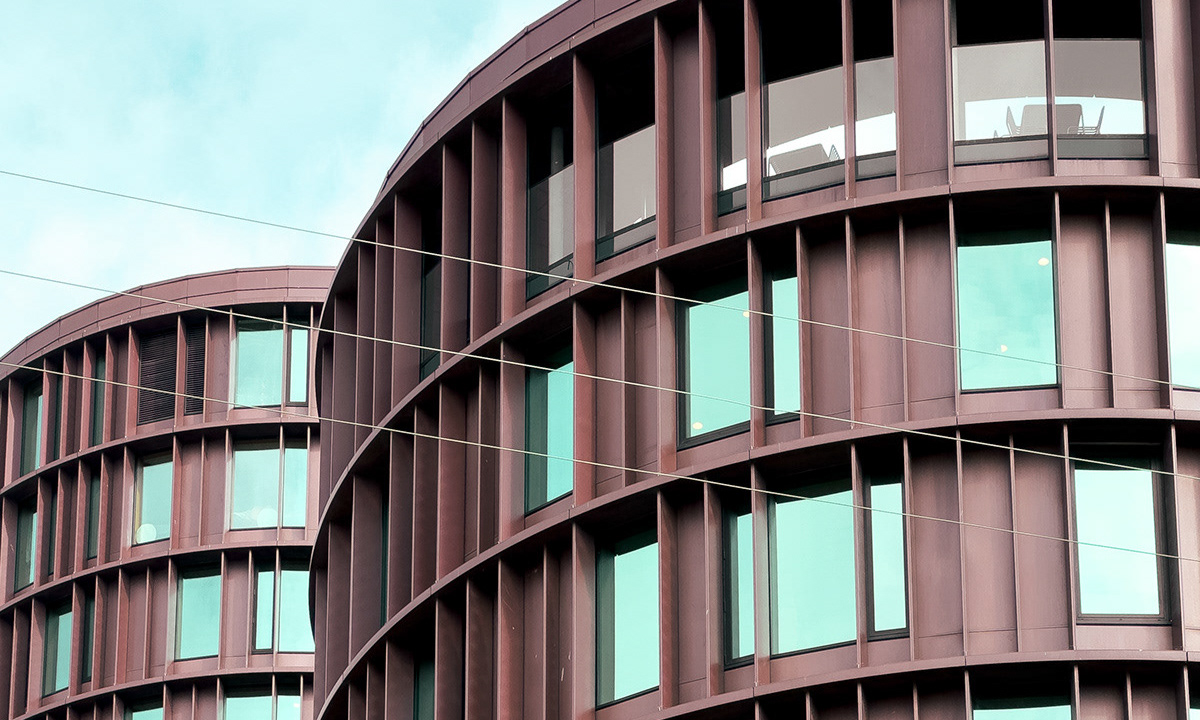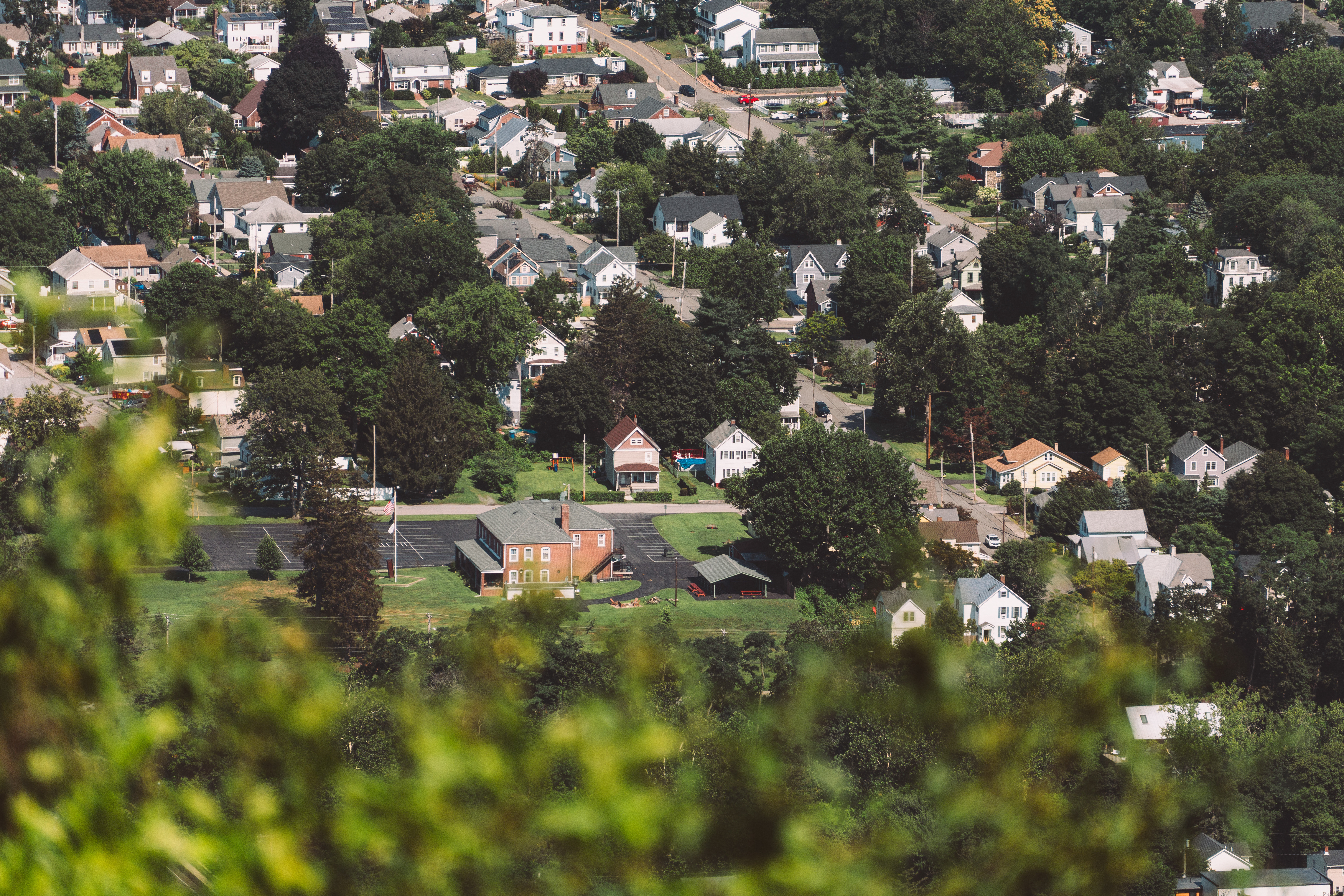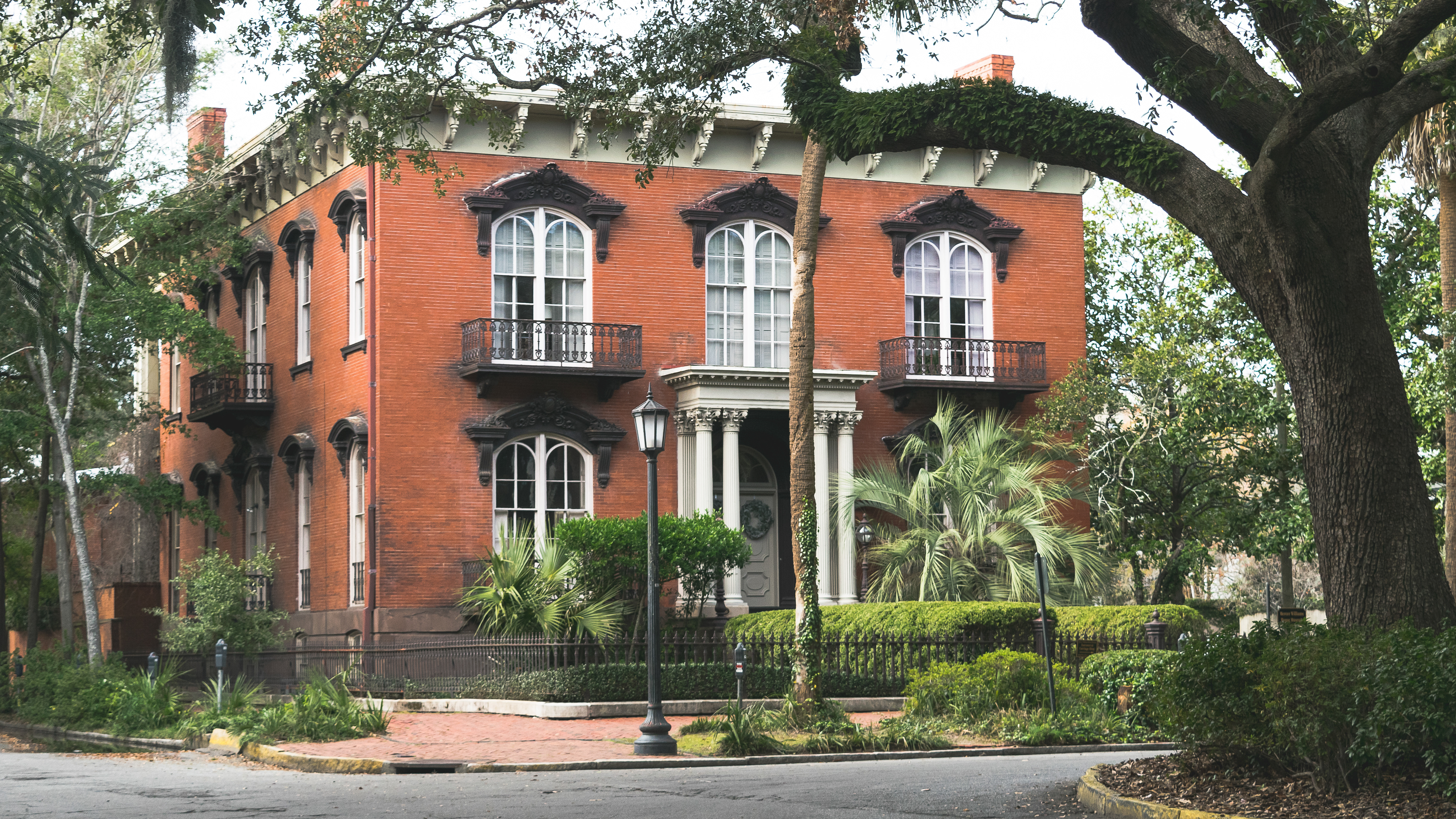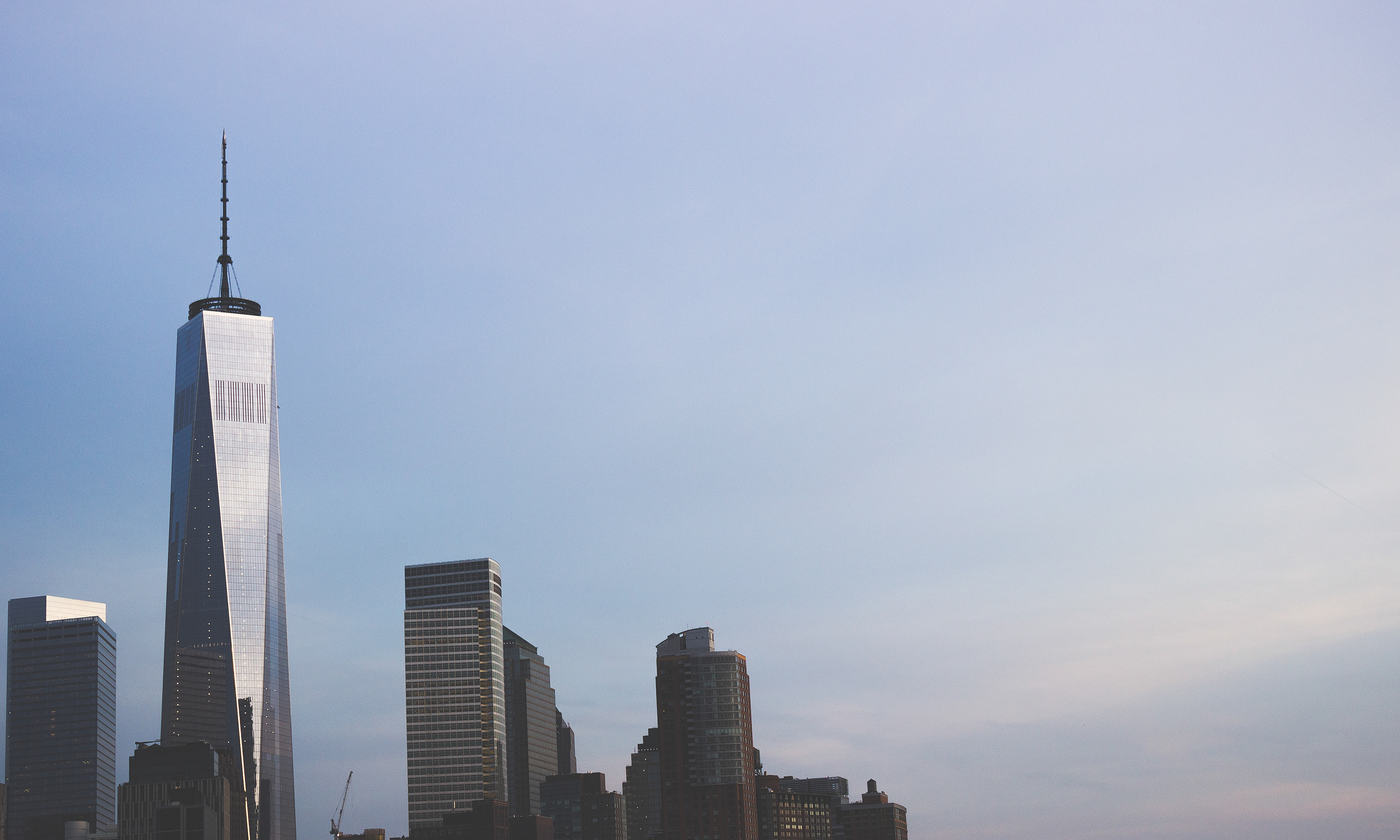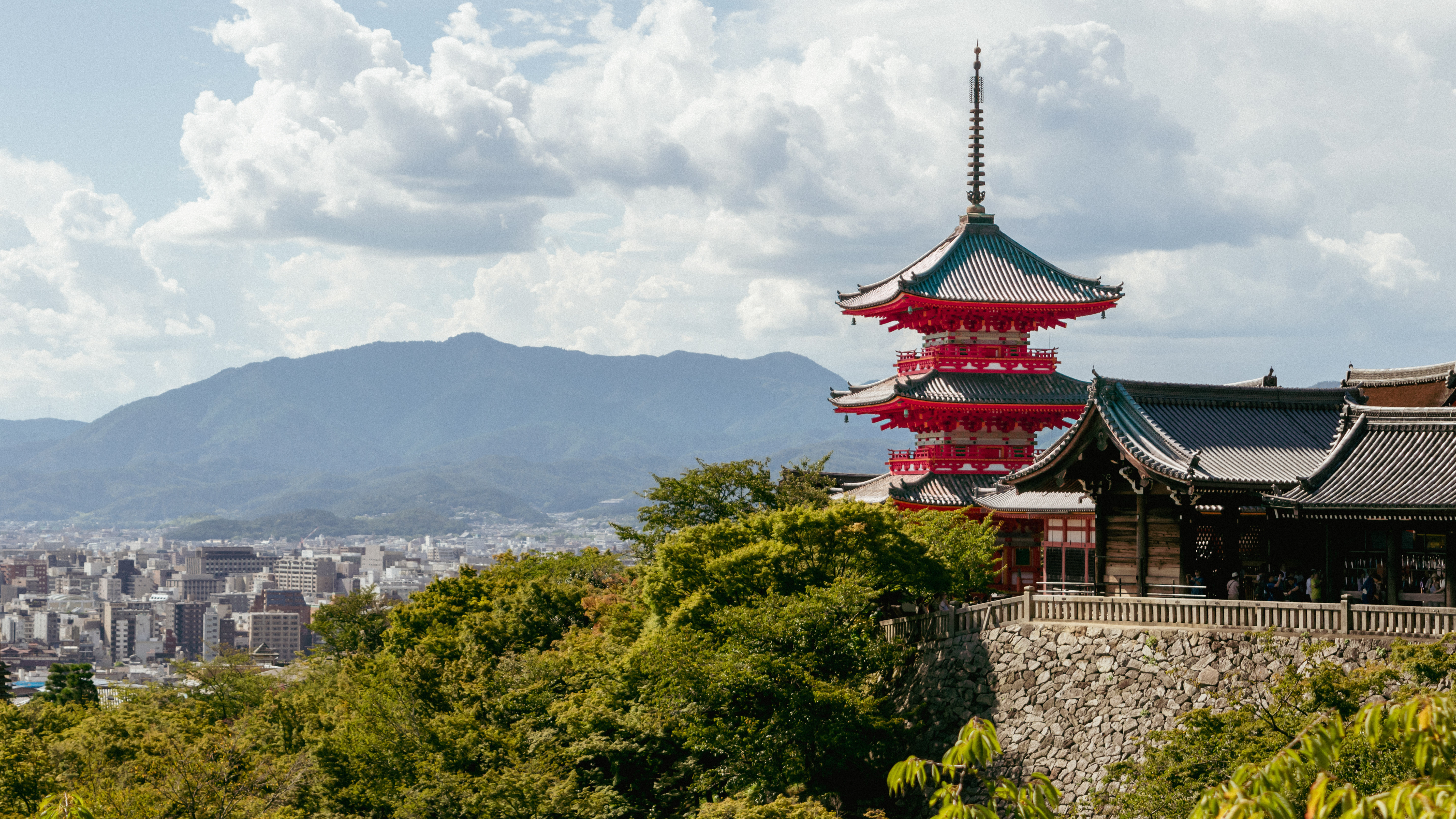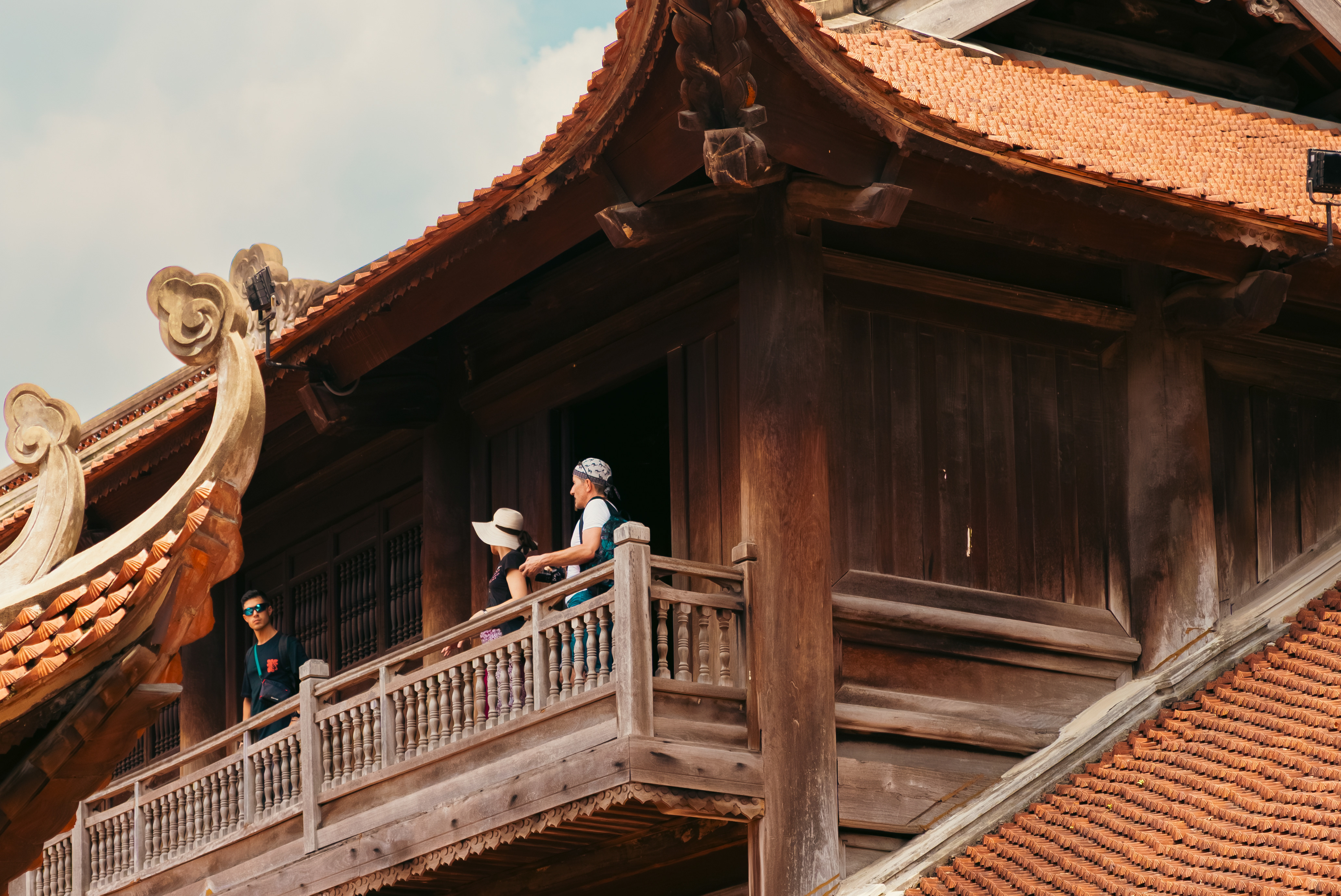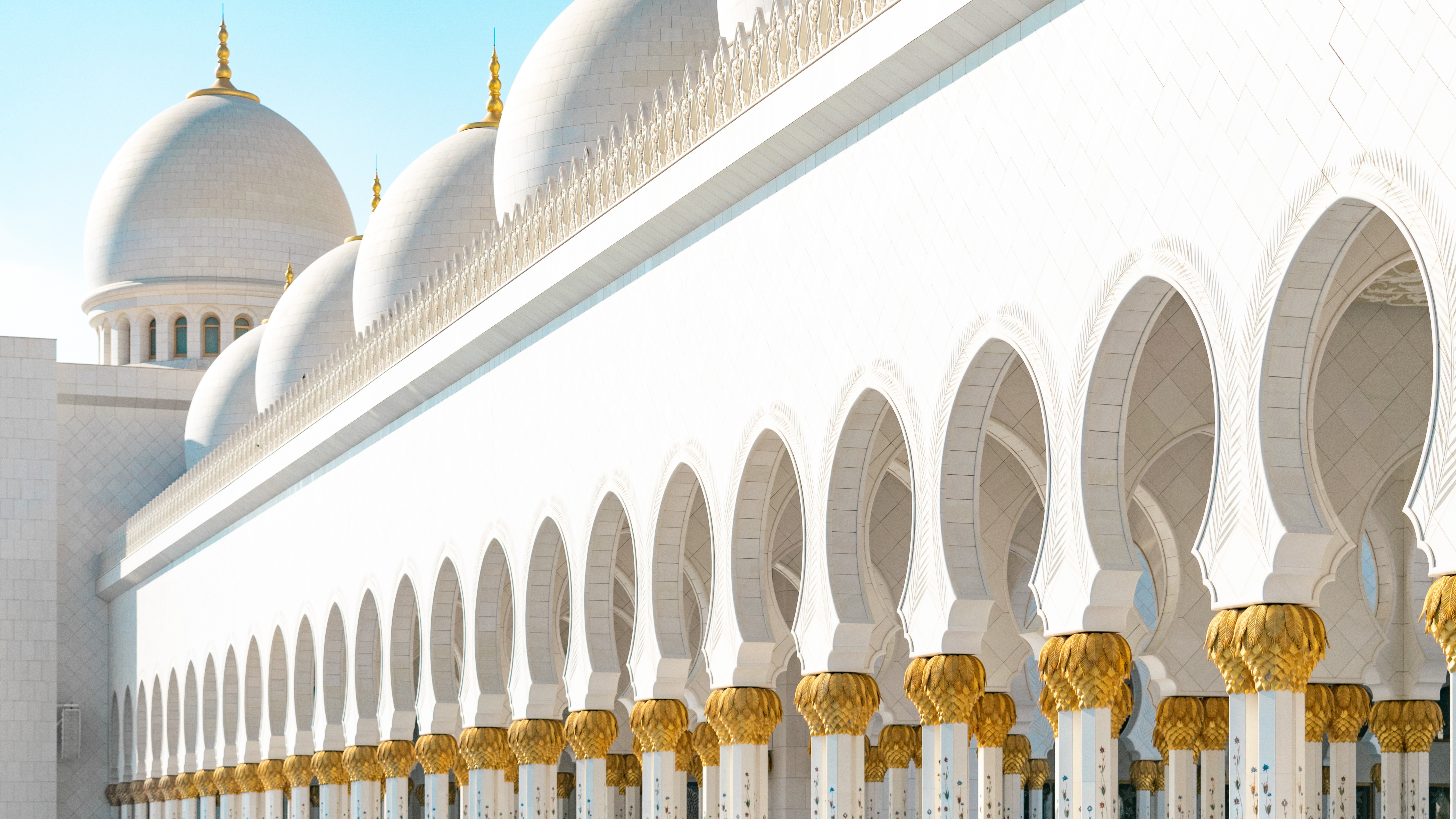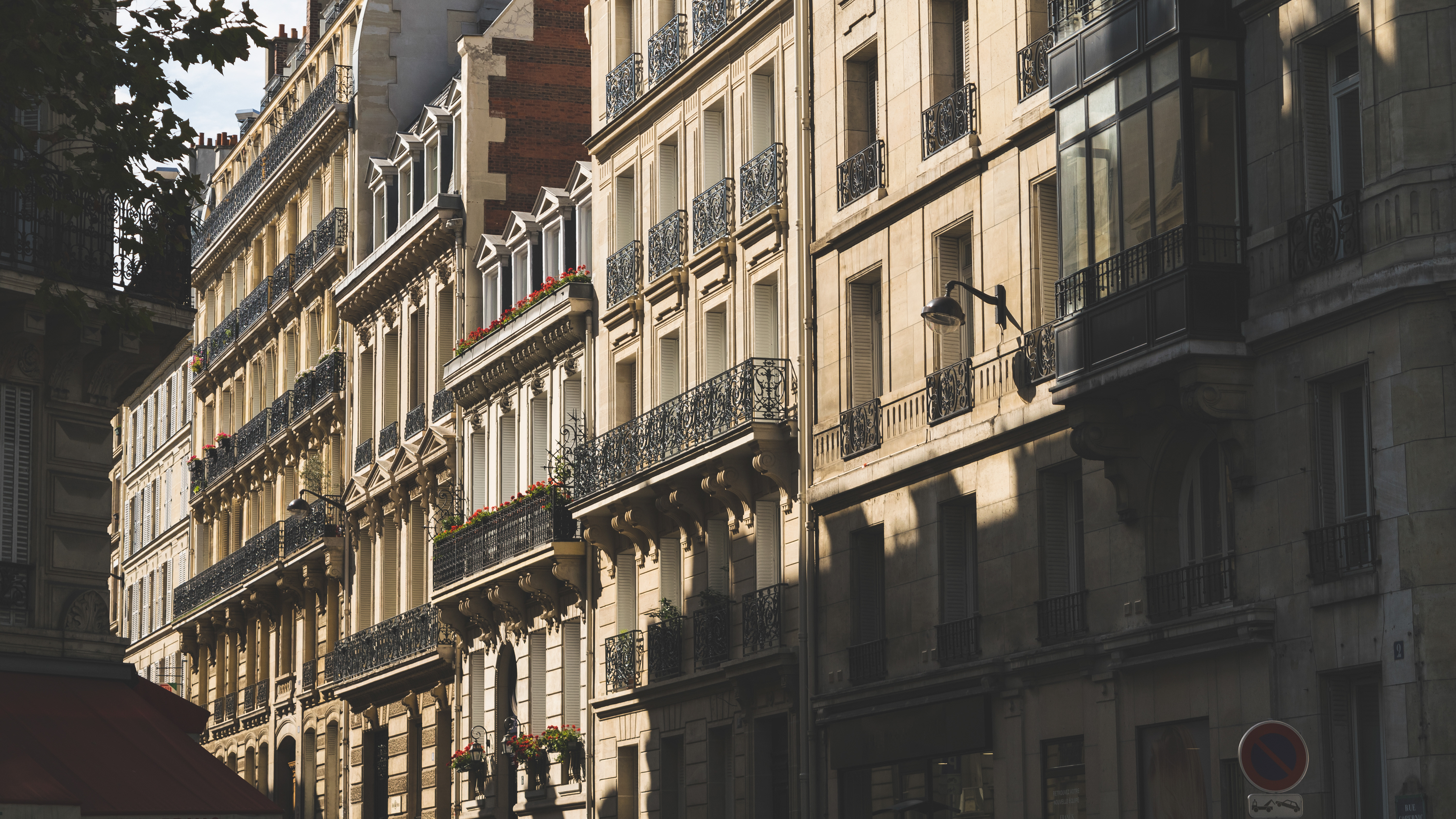NEW YORKISM
New Yorkism is a minimalist visual project that explores how the structures of New York City quietly narrate the story of its past and present.



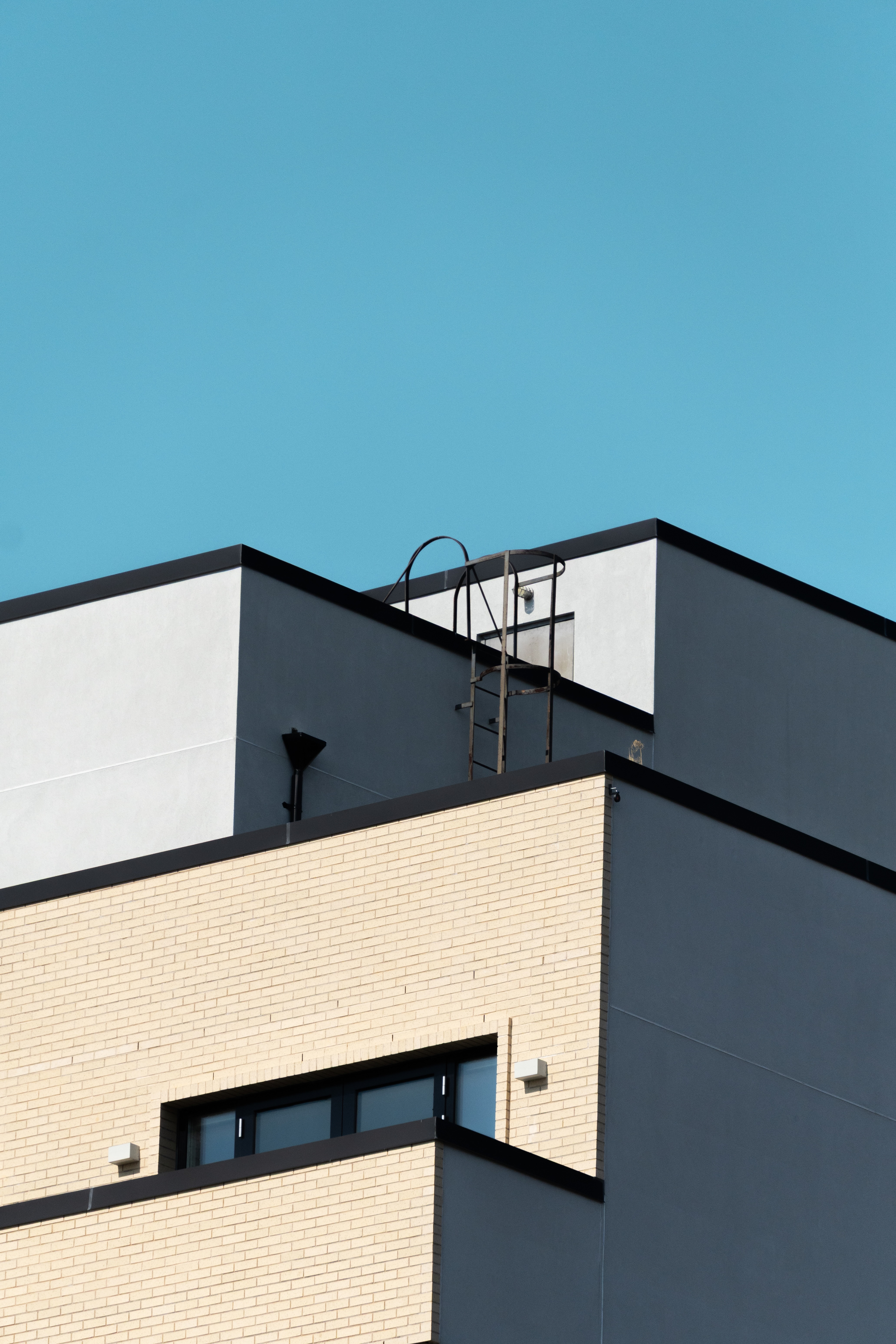
NEW DEVELOPMENT IN WESTERN QUEENS
Look up and around as you walk through Long Island City, and you’ll see new residential developments rising from once-empty lots. These mostly market-rate units are drawing a wave of young professionals and higher-income residents to the neighborhood. Once home to factories and auto body shops, Long Island City is transforming into a mini-city of its own.




RELICS OF THE PAST AND PRESENT
Hundreds of wooden water tanks sit perched on rooftops across the city. They’re a distinctive and historic part of the city’s skyline, blending utility with NYC character. Another part of New York City's history is the Queensboro Bridge, completed in 1909. After the creation of the City of Greater New York in 1898, plans for a city-operated bridge were finalized in 1901.
The Ravenswood Generating Station in Long Island City provides more than 20 percent of New York City's generation capacity despite New York's surge towards green energy. Originally fueled by coal, the plant has been fueled primarily by fuel oil (no. 6) and natural gas since 1971.
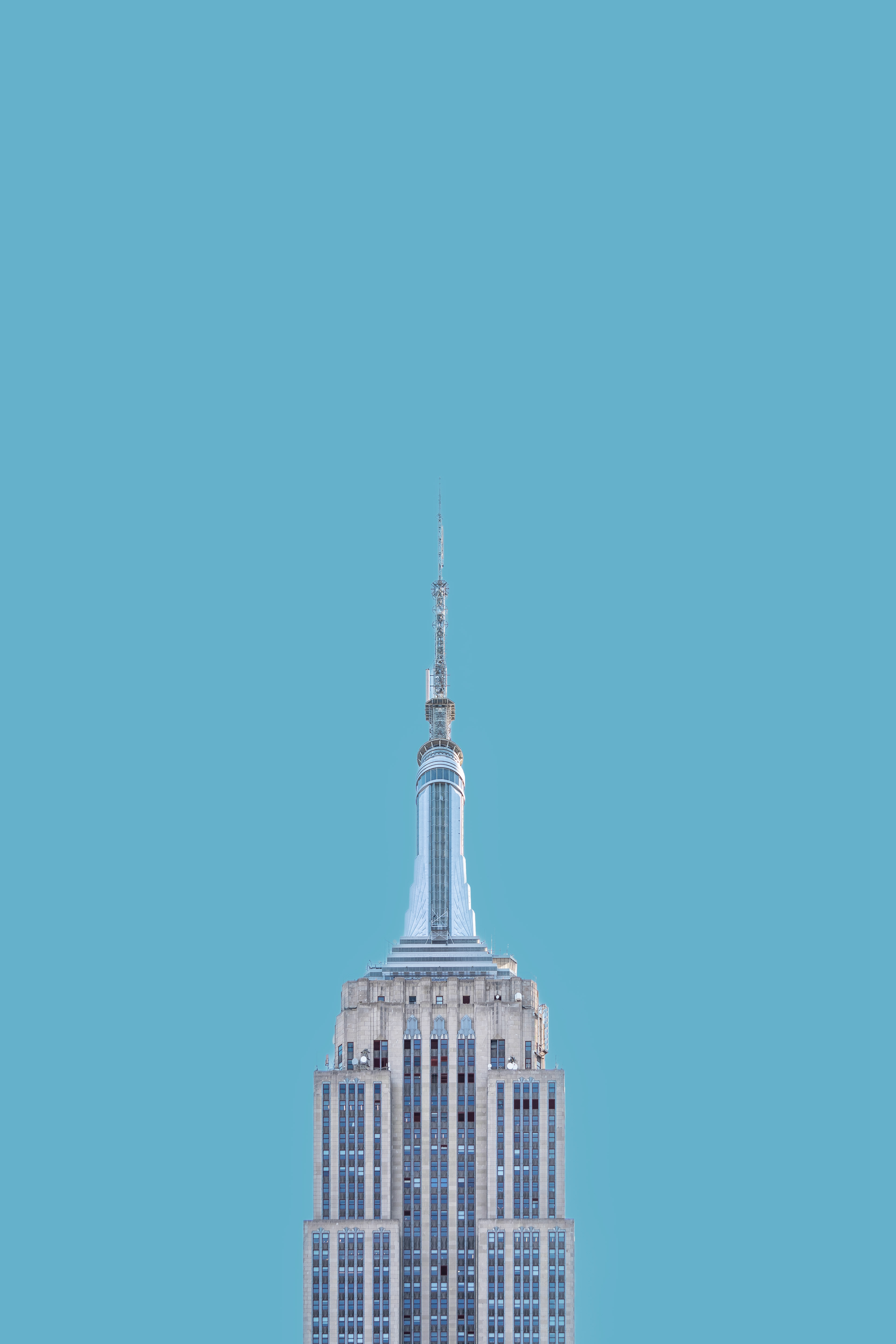

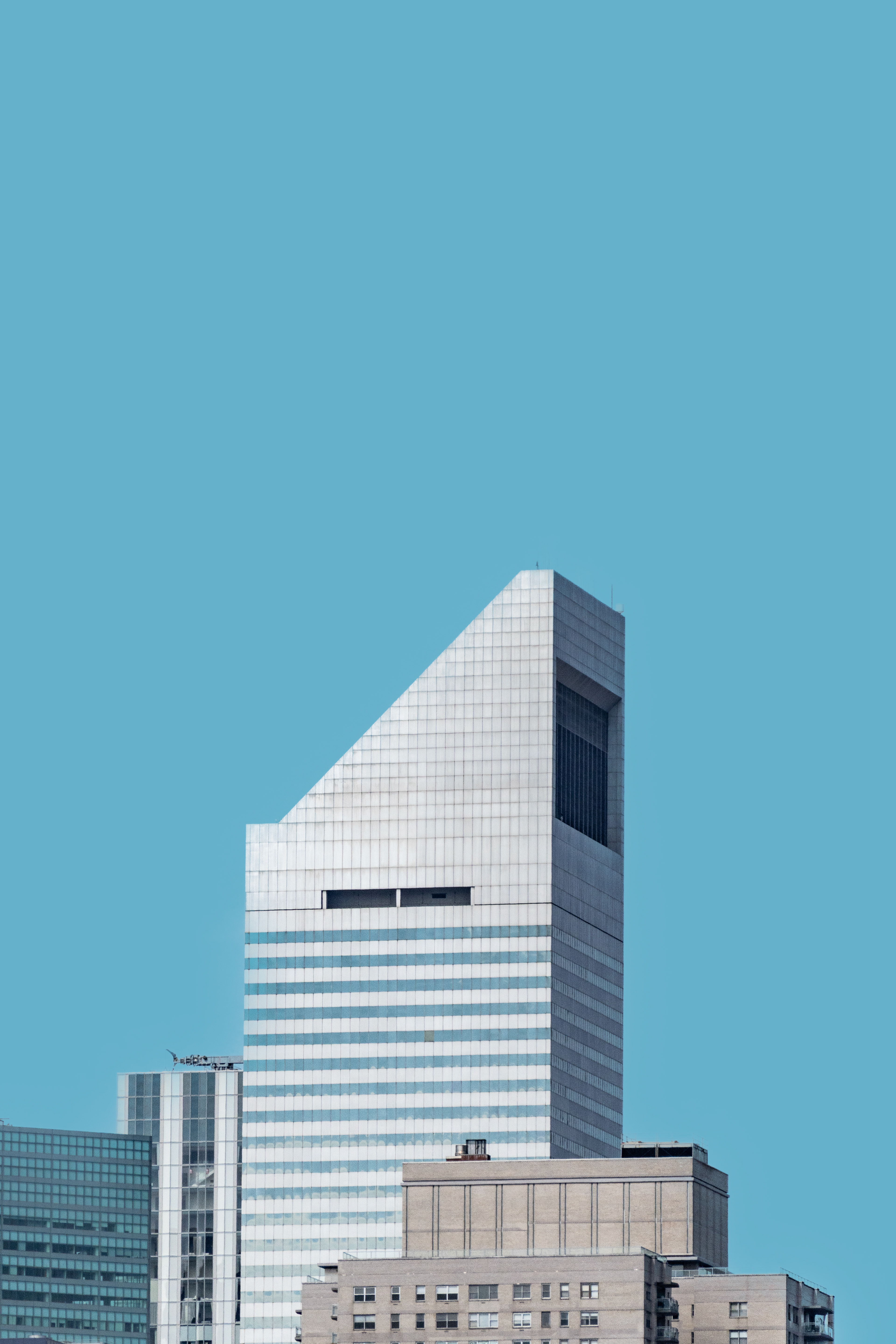
MIDTOWN MAINSTAYS
Midtown Manhattan is lined with iconic skyscrapers, including the Empire State Building and the Chrysler Building—two Art Deco landmarks that symbolize the city’s skyward ambitions of the 1930s. More modern additions, like the Citigroup Center, add a contemporary edge to the evolving skyline.
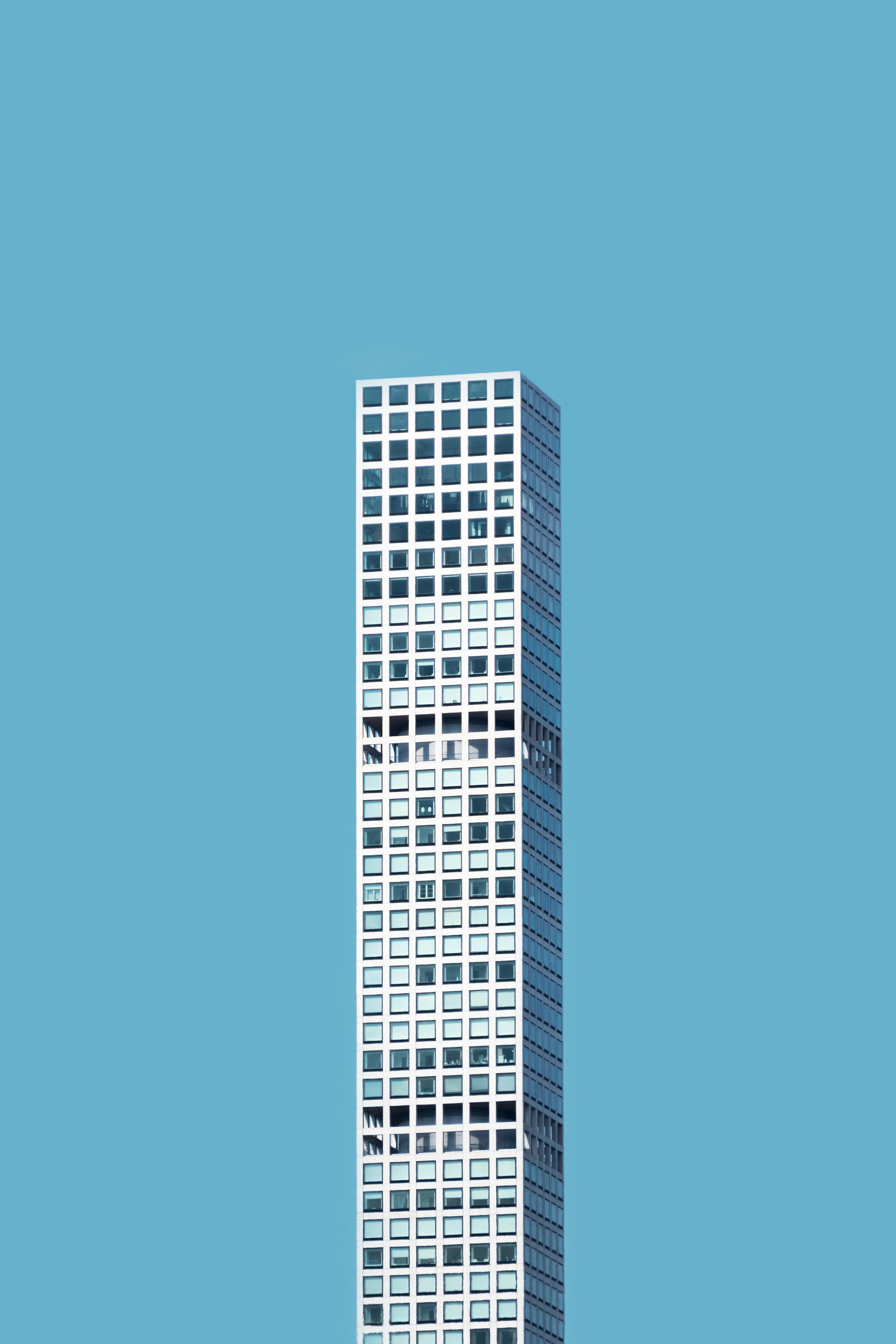

LAND OF THE RICH
Midtown's iconic skyscrapers are becoming increasingly dwarfed by the rise of residential towers built for the ultra-wealthy. Buildings like 432 Park Avenue and Sutton Tower provide the rich with amazing views and amenities but increasing distance from common New Yorkers.





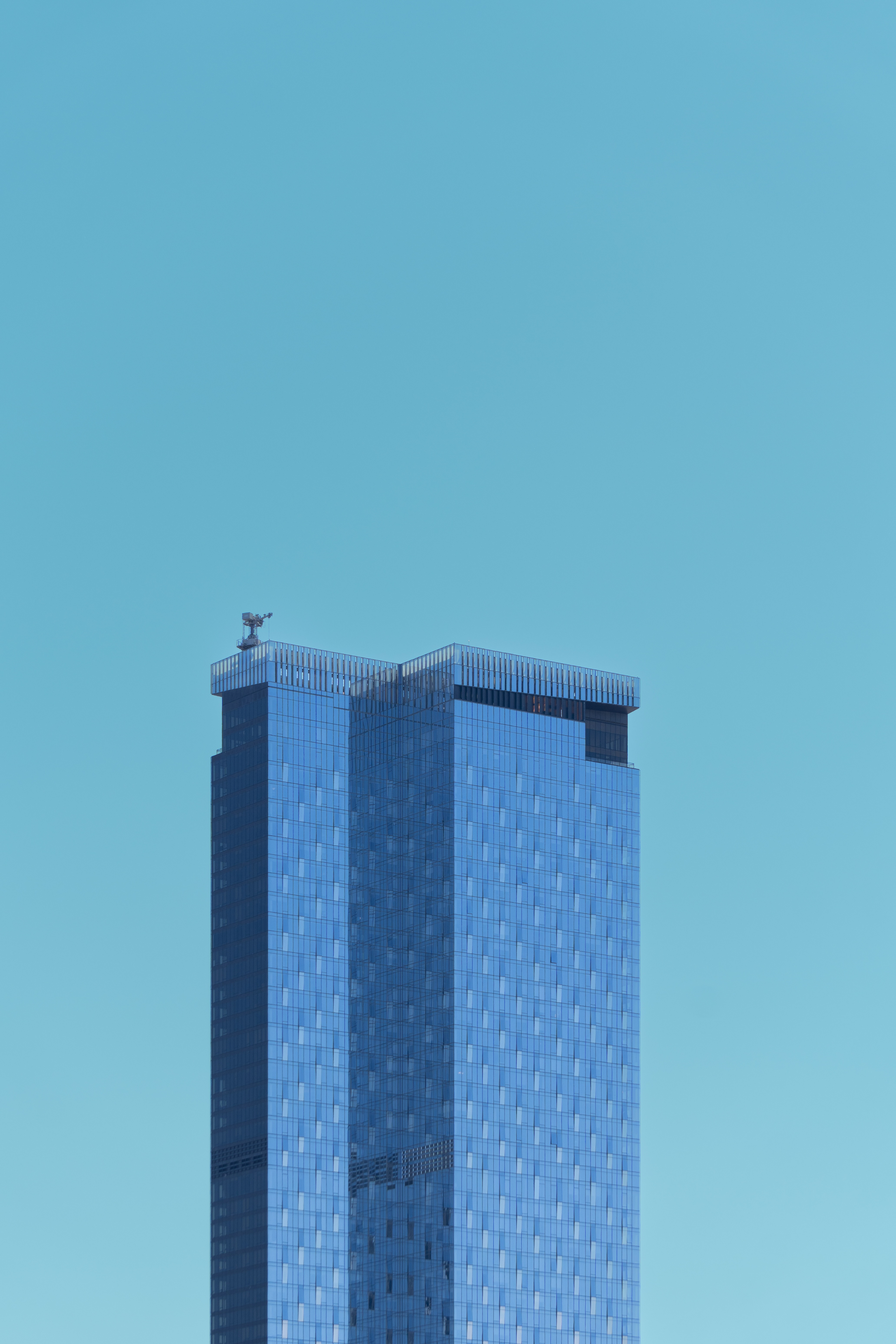
A HOUSING CRISIS LAID BARE
Housing affordability is a constant concern for New Yorkers. Most residents live in either public housing managed by NYCHA (New York City Housing Authority) or in privately-owned apartment buildings and complexes. While prewar and postwar buildings dominate much of the city’s housing stock, the turn of the 21st century ushered in a wave of modern developments—many of which are priced far beyond the reach of the average New Yorker.
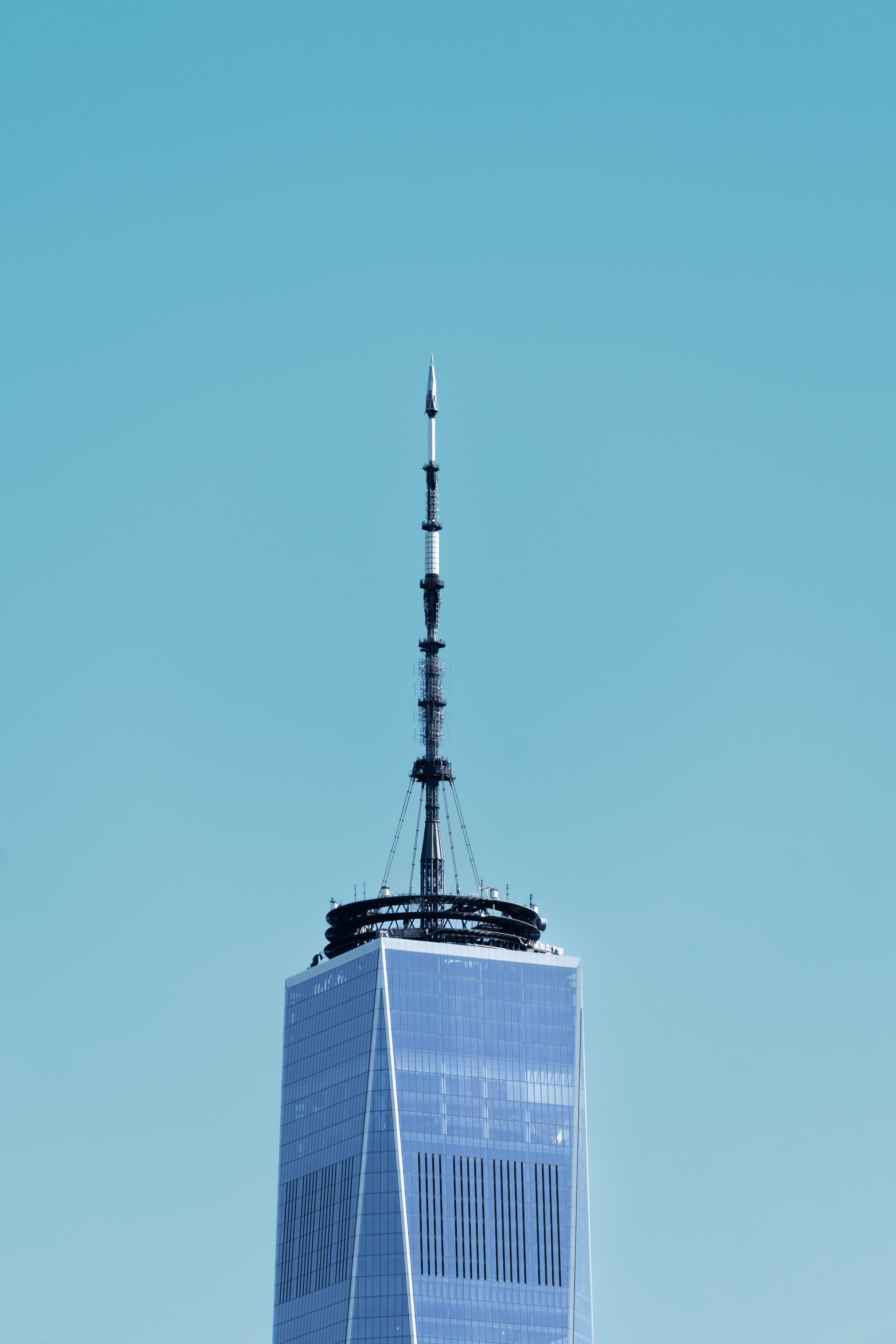



ICONS OF DEFIANCE
In the aftermath of the 9/11 terrorist attacks, Lower Manhattan was thrust into a period of profound transformation. Now, 24 years later, the World Trade Center complex is now complete and serves as a hub for business, shopping, tourism, and remembrance. One World Trade Center is now the tallest building in the United States. A few yards away, the Oculus gleams in pristine white with curved supports that extend outward like wings.
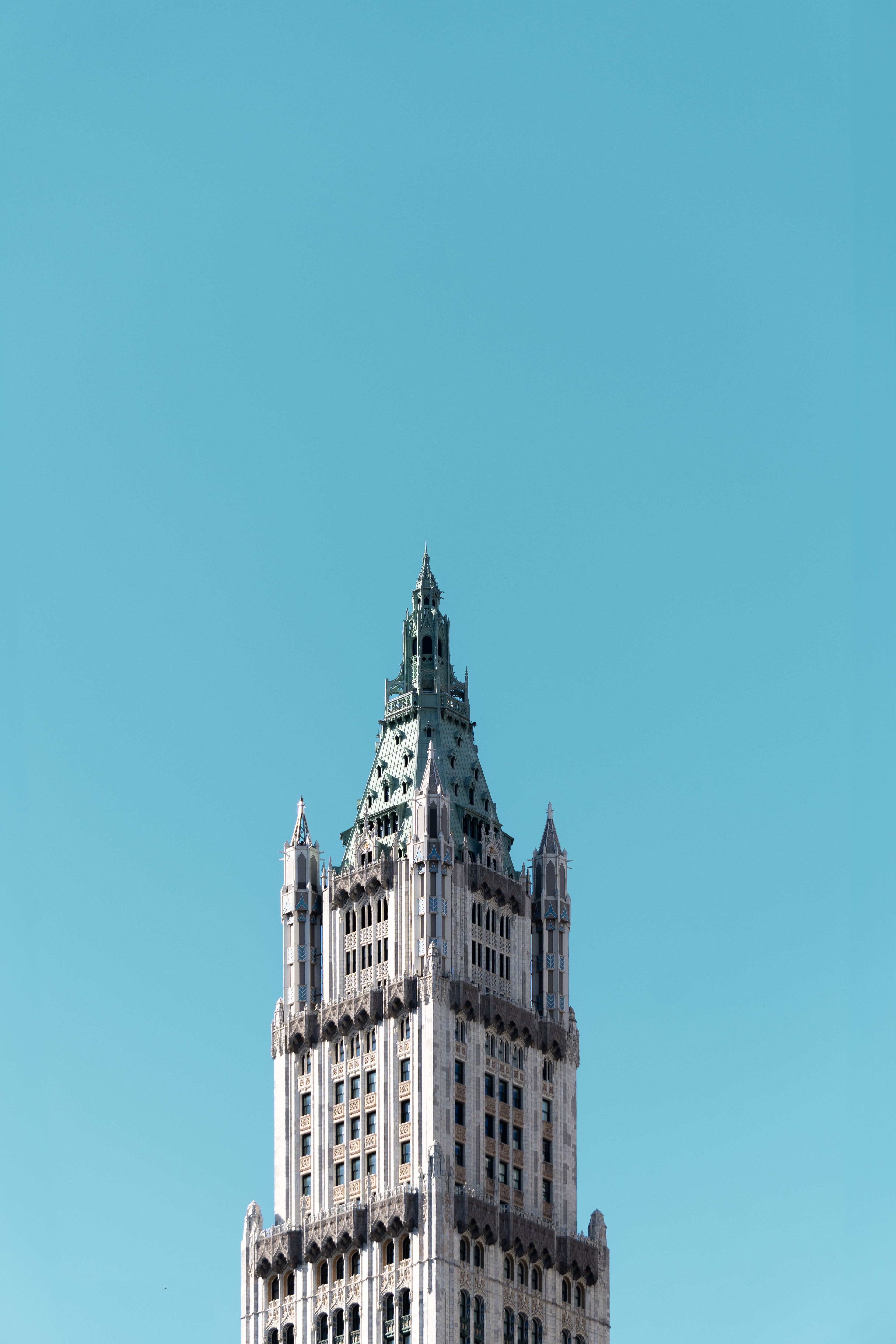
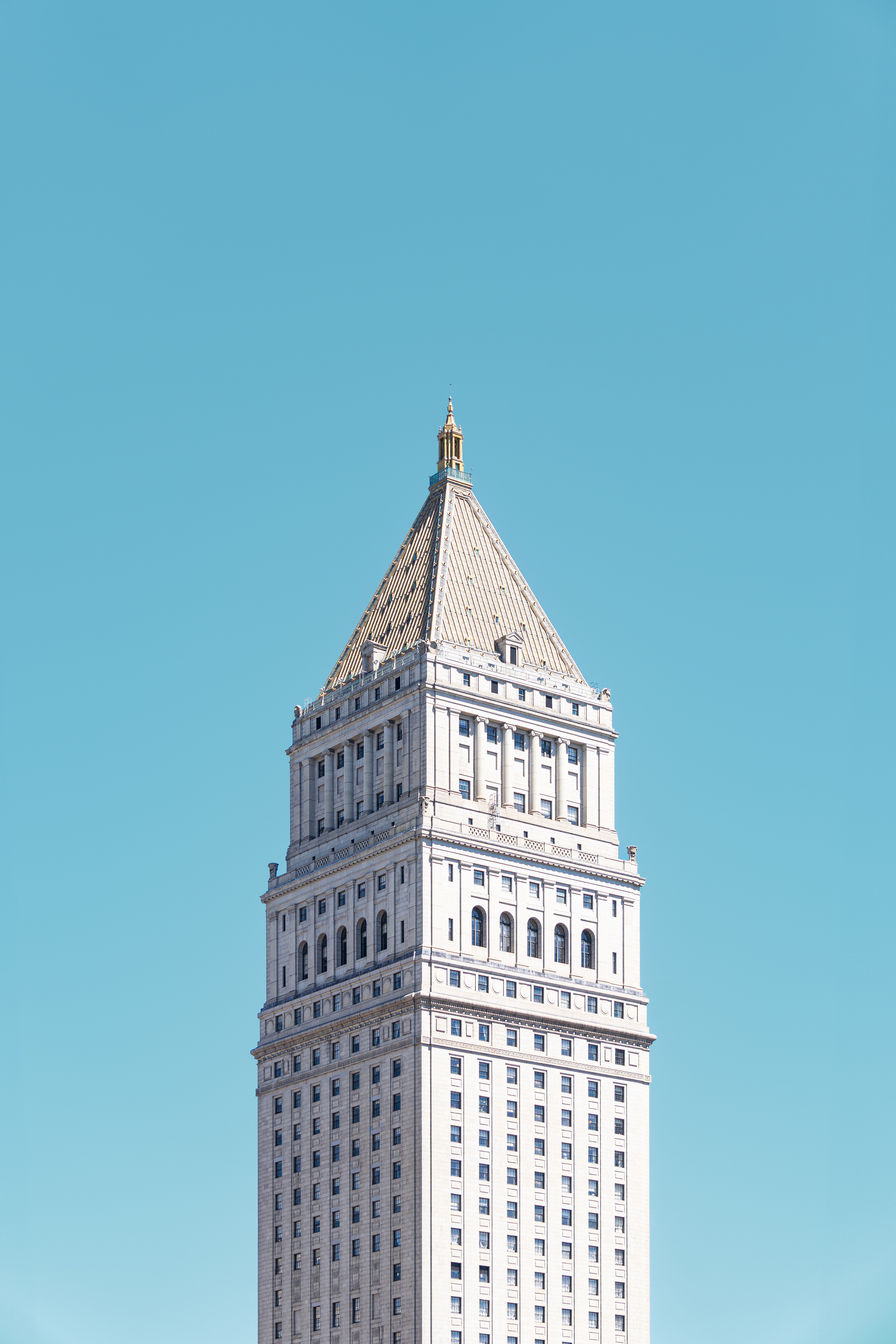
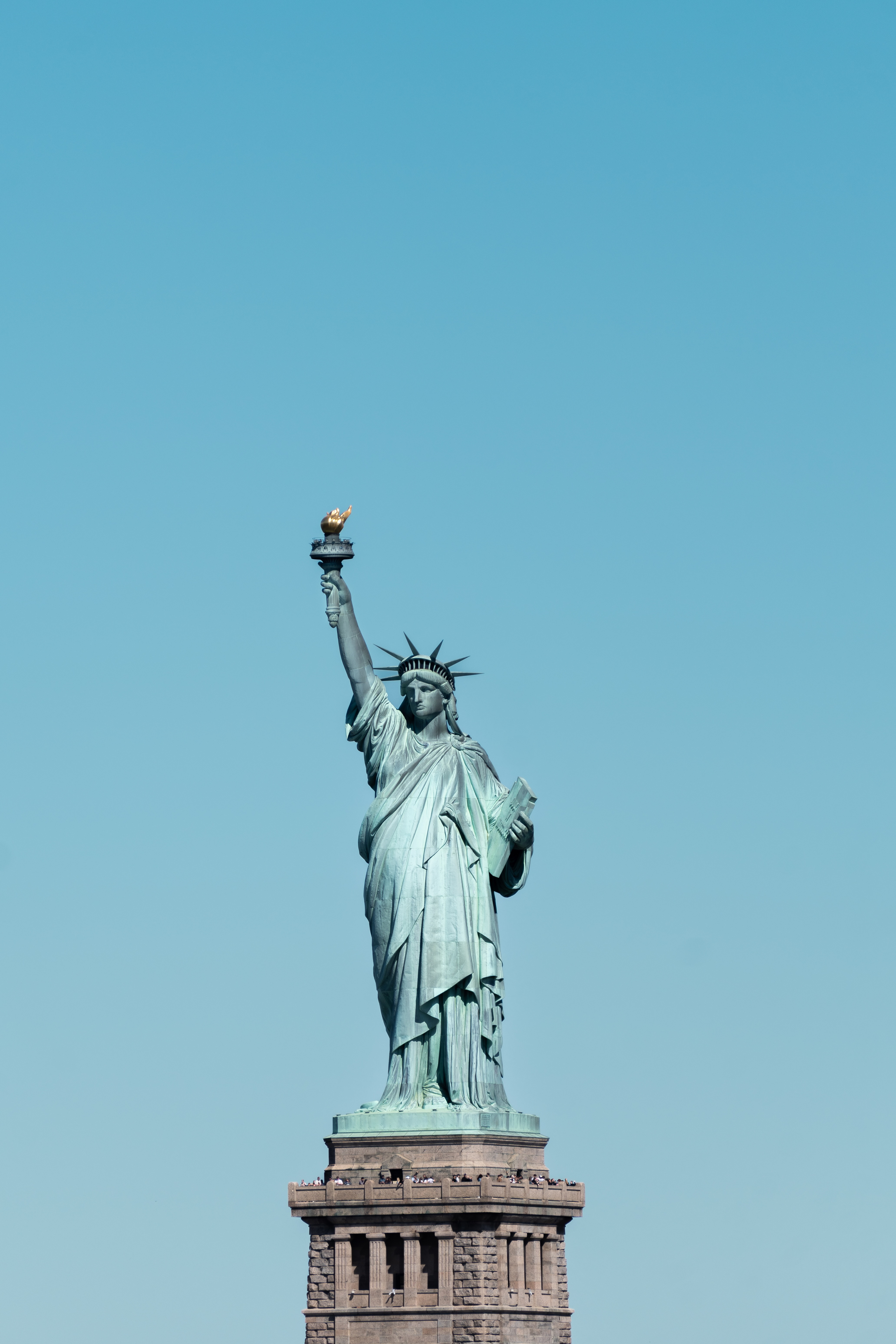

HISTORY, JUSTICE, AND LIBERTY
New York City is more than a hub for fashion, business, tech, and tourism—it reflects the very DNA of America. Since its founding, people from around the world have come here to experience a city that stands as a beacon of history, justice, and liberty: the crown jewel of the American story.
Just 0.3 miles from New York's iconic Woolworth Building sits 33 Thomas Street, a brutalist and windowless building in Tribeca. The building is reportedly used as a National Security Agency (NSA) mass surveillance facility.

